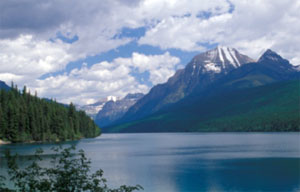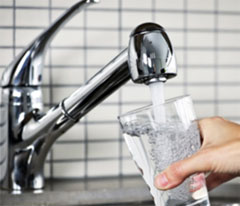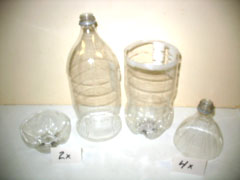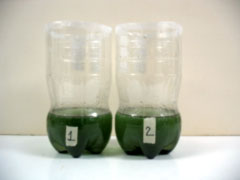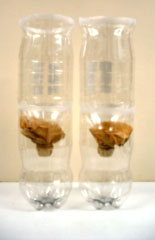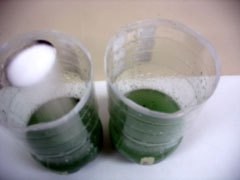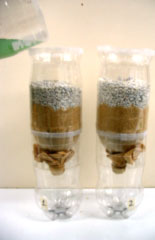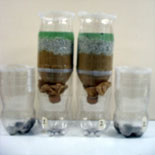Water Quality and Water Treatment
Have you ever thought about where your water comes from? For most people, this water originates from one of the following sources: rivers, lakes, reservoirs, or wells drilled into aquifers—water stored underground in rock layers. But is that water clean enough to drink?
For most of us, the water we use at home or in school is clear, is colorless, and has no odor. But often, the water does not start that way. Surface water—rivers and lakes, for example—and groundwater are sometimes polluted by waste from cities, factories, and farms. And minerals in the rocks can affect the quality of groundwater.
|
|
So, who makes sure that water is appealing to drink and safe to use before it reaches us? Large communities usually maintain public water supplies. Water is collected, treated, and distributed to residents. In smaller communities and rural areas, people rely on private wells for their water supply. Water from both public and private suppliers often needs some treatment to ensure that it is safe to drink.
The Activity
Water quality is a measurement of the impurities in water besides water molecules, substances including dissolved salts, dissolved gases, and sediment. Clean, high-quality water contains few of these substances. In this activity, you will make a model to demonstrate some of the general processes that water treatment plants might use to remove unwanted substances from water. Although the processes in this activity are different from those actually used in water treatment plants, the activity gives you an idea of some of the methods used for water purification.
|
|
Tools and materials
- Six 2-L transparent plastic bottles
- Clear packing tape
- Scissors or other cutting tool
- Water
- Vanilla flavoring
- Two “pinches” of soil
- Cooking oil
- Food coloring
- Two small sticks for stirring
- Silt, clay, or very fine sand
- Masking tape
- Permanent marker
- Two coffee filters
- Two rubber bands
- Clean sand
- Clean small gravel
- Alum (potassium aluminum sulfate)—available as a cooking spice
- Notebook
- Hydrogen peroxide (optional)
Note: You may want to wear safety goggles when handling the liquids for this activity.
What to do
|
||
|
||
|
||
|
||
|
||
|
||
|
||
|
||
How are the two filtered samples alike? How are they different? Why do you think they are different? |
||
This content has been re-published with permission from SEED. Copyright © 2025 Schlumberger Excellence in Education Development (SEED), Inc.
Course:
- Science [3]

